China’s central bank PBoC announced on Sunday to cut the reserve requirement ratio (RRR) for some lenders by 1%, effective October 15. According to the bank’s statement, this will release a total of CNY 1.2T. Of which, CNY 0.45T will be used to repay existing medium-term funding (MLF) facilities which will mature on the same date. The cut will apply to large commercial banks, joint-stock commercial banks, city commercial banks, non-county rural commercial banks and foreign banks.
PBoC said that objective of the RRR cut is to “optimize the liquidity structure and enhance the financial ability of financial services.” Release of CNY 750B of funds can “increase the financial institutions’ support for small and micro enterprises, private enterprises and innovative enterprises, promote the vitality and resilience of economic innovation, enhance the growth of endogenous economic growth, and promote the healthy development of the real economy.”
PBoC also maintained that despite the RRR cut, monetary policy is “stable and neutral” and the “orientation has not changed”. It added that the cut added liquidity but monetary policy is “not relaxed while market interest rate is stable. PBoC does not expect “depreciation pressure” on the Chines Yuan after the move.
PBoC’s statement and Q&A in simplified Chinese.
Overall, to us, the central bank’s RRR cut is clearly a pre-emptive counter measures to the market volatility last week. That is, the steep decline in Asian equities as well as surge in global treasury yields, which China was on holiday for a whole week. It’s measures to stabilize the Chinese market when it’s back from holiday tomorrow. We’ll have too see the reactions in the Shanghai SSE and USD/CNH tomorrow to see how the cut is received by the markets.
Meanwhile, we will cancel the AUD/USD short strategy as noted in weekly report, and see how the markets react first.
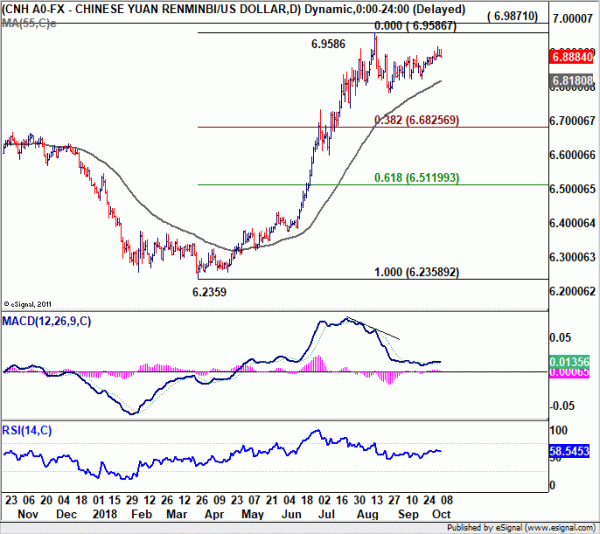
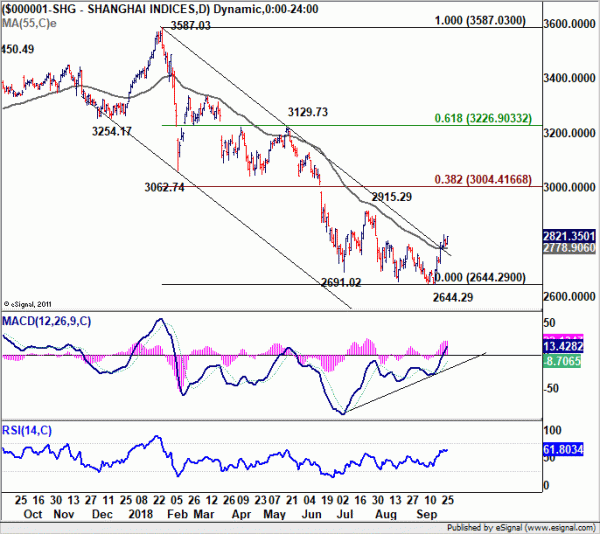




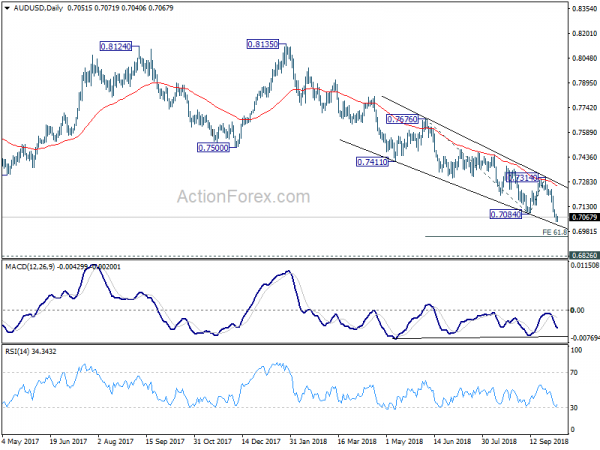
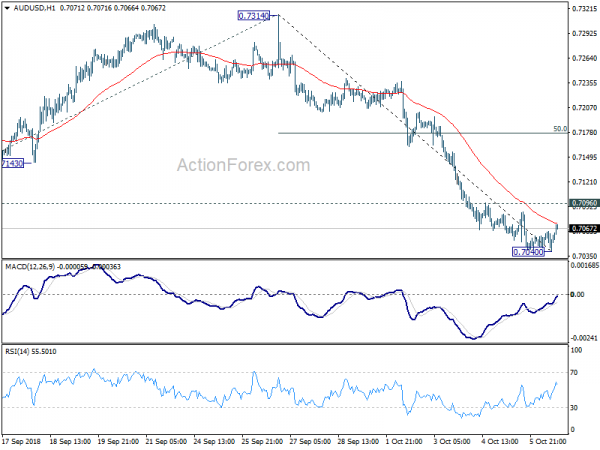
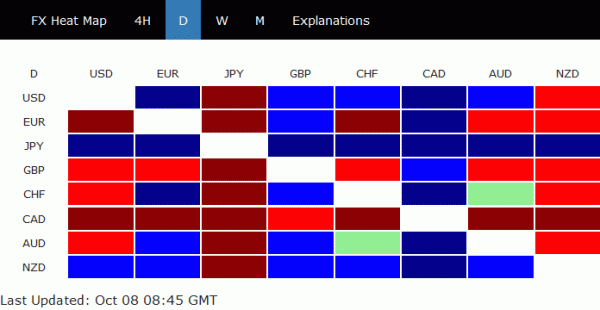
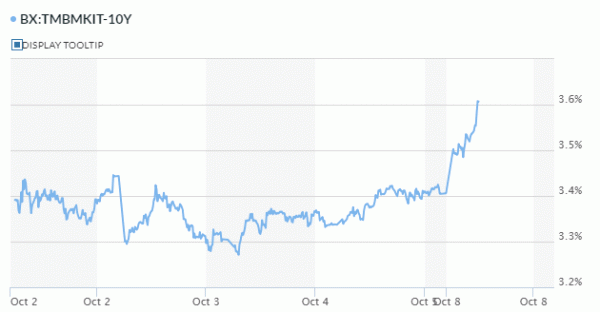


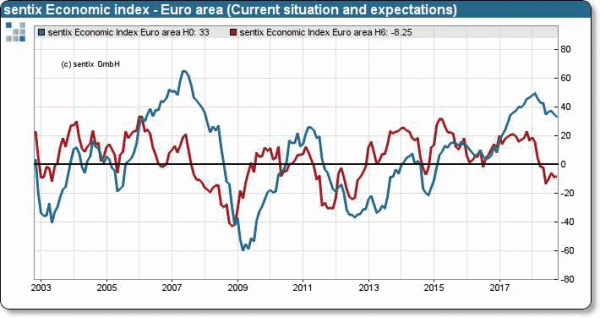
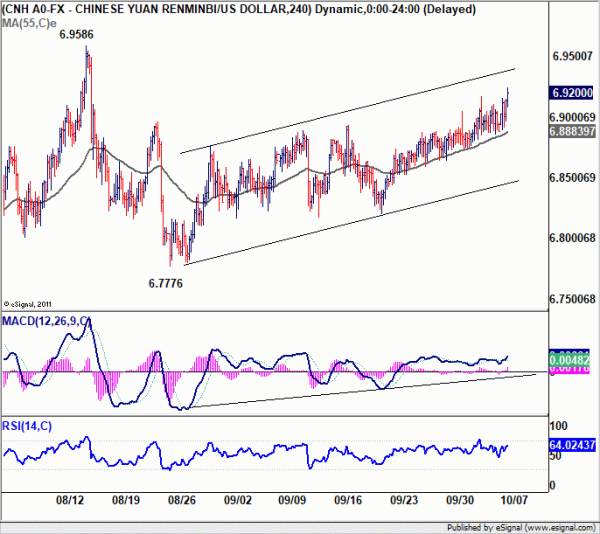
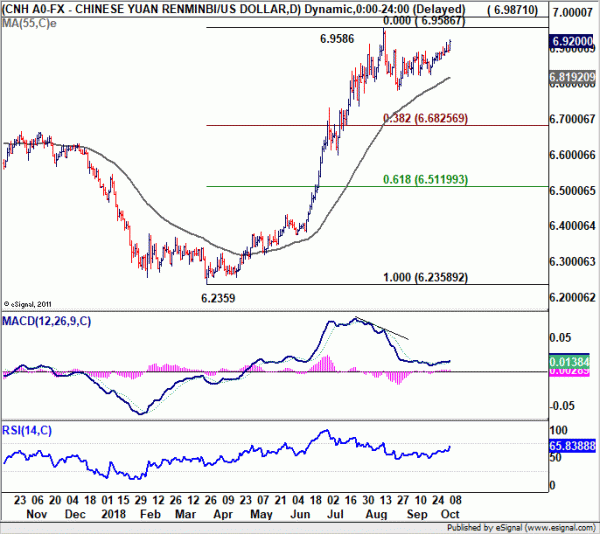
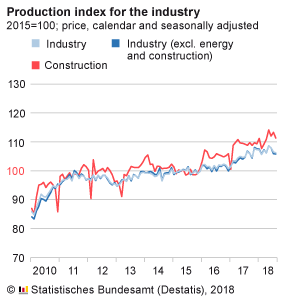
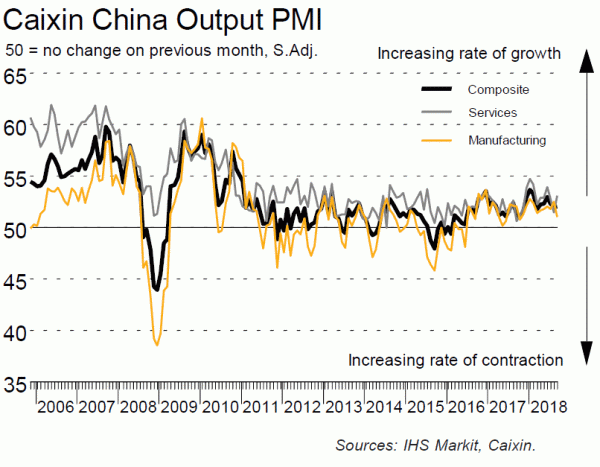


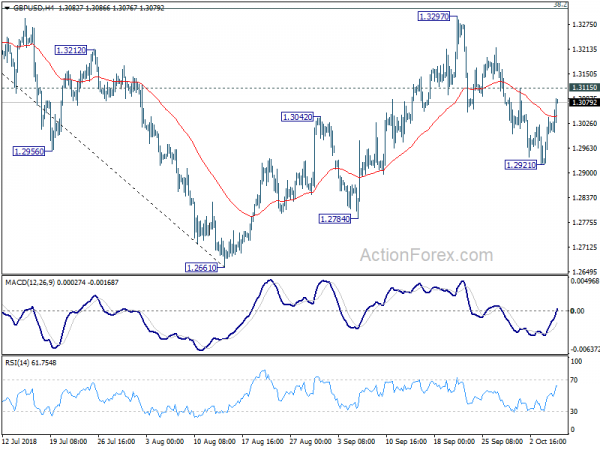
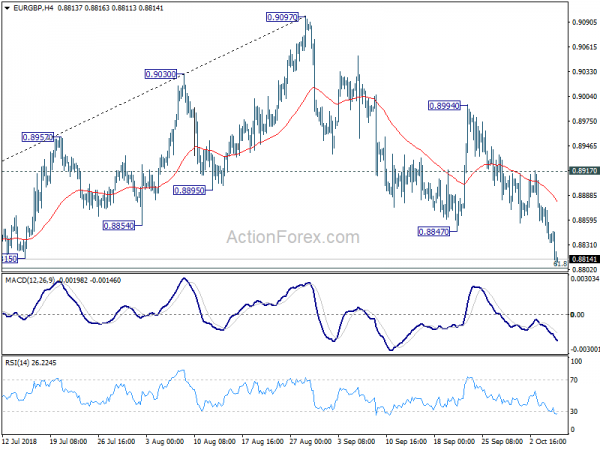
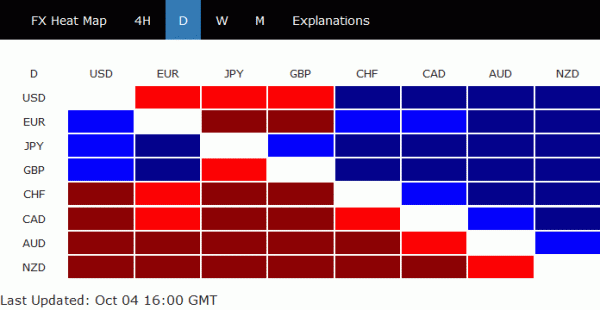
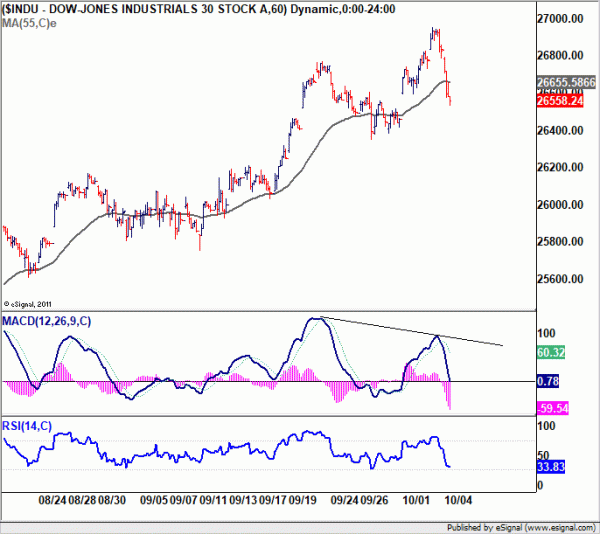

Yen rally extends as risk aversion intensifies, with deep selloff in NASDAQ
Yen rally accelerates as risk aversion intensifies in US session. At the time of writing, DOW is down -0.44%, S&P 500 down -0.47%. NASDAQ is suffering serious selling and is down -1.22%. In Europe, DAX led the decline and closed down -1.36%, CAC down -1.10% and FTSE down -1.16%.
In the currency markets, Australian Dollar is the second strongest one, New Zealand Dollar the third. Sterling is the weakest, followed by Euro and Canadian.
We see some reports blaming Asia and China for risk aversion. But this is apparently wrong and ignorant considering the lack of weakness in Aussie and Kiwi. Italy is the problem for Europe as Italian yield rose 0.1602 to 3.566. Germany 10 year yield, on the other hand dropped -0.0442 to 0.533. One might argue that Swiss Franc is steady. But the Franc has proven itself recently that it showed more reactions to emerging markets like Turkey and Argentina rather than Italy. Another factor for risk version is of course US yield.
Having said that, we don’t mean it’s problem free for Asia. Given that Chinese Yuan suffers some renewed pressure today, it’s just a matter of time when China’s stock break through that critical 2700 handle, or USD/CNH breaking 7. It’s reported that the US Treasury is concerned with Yuan depreciation. When the US is in an “easy to win” trade war with China, it’s the most reasonable outcome for China’s economy to get hurt and the exchange rate reflect that fundamental and falls. And further depreciation in Yuan will without a doubt drags down Chinese stocks.